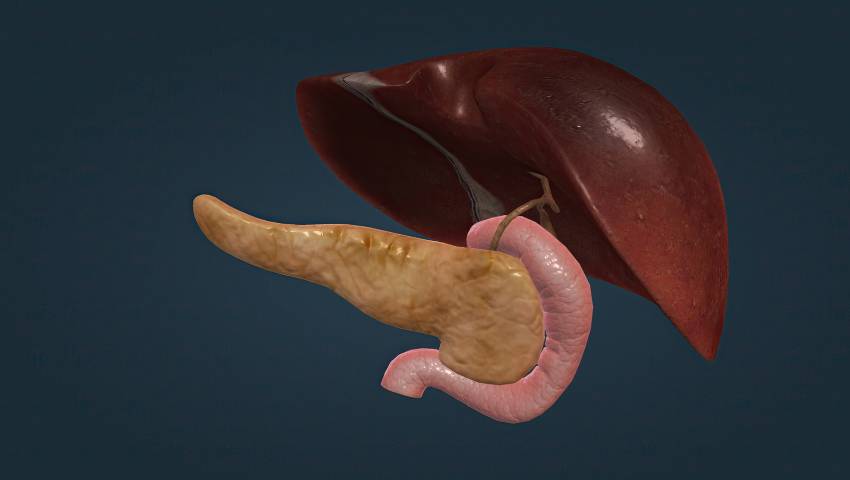
- 26/09/2023
- Dr. Srivatsan Gurumurthy
- 0 Comments
- Blog
Know All About Gallbladder Polyps
Gallbladder polyps are a problem that commonly draws attention in the field of gallbladder health. These small, uneven growths that arise on the inner surface of the gallbladder can cause pain and, in some cases, demand surgical intervention. In this article Dr. S. Srivatsan Gurumurthy discusses the nature of gallbladder polyps, the warning indications that require caution, and the variety of treatment options available.
What is Gallbladder Polyps?
Gallbladder polyps are tiny, harmless growths that form on the inner lining of the gallbladder. Most of the time, they are non-cancerous, but in certain instances, if not addressed, they can give rise to complications. These polyps, which appear in a variety of sizes, are classified into two types:
- Cholesterol Polyps: These are the most frequently encountered type and typically originate from an accumulation of excess cholesterol within the gallbladder.
- Inflammatory Polyps: Inflammatory polyps arise due to inflammation within the gallbladder, often triggered by infections or irritations.
Signs and Symptoms of the Gallbladder Polyps:
Early diagnosis of gallbladder polyps is critical for timely medical management. While many people with gallbladder polyps do not have any symptoms, some may have the following:
- Abdominal Discomfort: A common symptom is a persistent discomfort in the upper right region of the abdomen.
- Nausea and vomiting: Nausea and vomiting bouts might occur, especially after meals.
- Digestive Distress: Gallbladder polyps can impede the normal flow of bile, causing digestive pain and abdominal bloating.
- Fever: Individuals suffering from inflammatory polyps may have chills and a fever.
- Jaundice: In rare cases, large polyps can restrict the bile duct, resulting in jaundice, which appears in skin and eye yellowing.
How to treat Gallbladder Polyps:
The treatment of gallbladder polyps depends on their size, number, and if they cause any Common symptoms. The following are the conventional treatment methods:
- Watchful Waiting: If gallbladder polyps are minor and not producing symptoms, immediate surgery may not required. Dr. S. Srivatsan Gurumurthy may advise you to get regular check-ups to keep track of your growth and development.
- Surgical Intervention: When the Gallbladder polyp size more than 10mm then it’s always recommend to remove through laparoscopic cholecystectomy (GB removal).
- Medication: In some circumstances, healthcare providers may recommend drugs that effectively treat the signs of gallbladder polyps and reduce the risk of possible consequences.
- Lifestyle Changes: Making changes to your lifestyle can help you avoid the formation of cholesterol polyps. Adopting a low-cholesterol diet and maintaining a healthy body weight are the most critical steps to treat this disease.
Finally, gallbladder polyps are a prevalent condition with minimal symptoms. Maintaining a regular medical check-up schedule and enjoying a health-conscious lifestyle are essential for properly managing these polyps. If you have any symptoms or have concerns about gallbladder polyps, you should see Dr S. Srivatsan Gurumurthy. Dr S. Srivatsan Gurumurthy provides specialist advice and digs into treatment choices which tailored to your specific condition.
